Spotsylvania County SOL Results
Top-line results show Spotsylvania students holding ground.
By Martin Davis
EDITOR-IN-CHIEF
Email Martin
Spotsylvania County Public Schools has not yet released its analysis of the just-released Standards of Learning test results. The Advance has compiled the following chart from the Virginia Department of Education website comparing the district’s 2023-2024 performance with its 2024-2025 performance.
Readers should keep in mind that these are top-line scores. The Advance will have a deeper dive into the district’s performance in coming weeks.
In most areas, the district was within +/- 2 points of last year’s performance. There were some notable exceptions.
English Writing: Black students fell 4 points; English Learners fell 5 points; and Students with Disabilities fell 6 points.
History and Social Science: All students fell 4 points; Black students and Economically Disadvantaged students fell 5 points each; Hispanic and White students fell 3 points each.
Science: All students rose 4 points; Asian students rose 7 points; Black students rose 8 points; Economically Disadvantaged students were up 5 points; English Learners were up 9 points; and Hispanic students rose 6 points.
Spotsylvania vs. State
Spotsylvania County Public Schools as a whole is slightly below the state average in English (Reading), History, Math, and Science. When looking at the average for all students, the largest gap is Math, where the district trails the state average by 7 points. The smallest gap is History, where the district trails the state average by 4 points.
The district is ahead of the state average in English (Writing), where it’s 1 point better than the state average.
Rest of text
Local Obituaries
To view local obituaries or to send a note to family and loved ones, please visit the link that follows.
Support Award-winning, Locally Focused Journalism
The FXBG Advance cuts through the talking points to deliver both incisive and informative news about the issues, people, and organizations that daily affect your life. And we do it in a multi-partisan format that has no equal in this region. Over the past year, our reporting was:
First to break the story of Stafford Board of Supervisors dismissing a citizen library board member for “misconduct,” without informing the citizen or explaining what the person allegedly did wrong.
First to explain falling water levels in the Rappahannock Canal.
First to detail controversial traffic numbers submitted by Stafford staff on the Buc-ee’s project
Our media group also offers the most-extensive election coverage in the region and regular columnists like:
And our newsroom is led by the most-experienced and most-awarded journalists in the region — Adele Uphaus (Managing Editor and multiple VPA award-winner) and Martin Davis (Editor-in-Chief, 2022 Opinion Writer of the Year in Virginia and more than 25 years reporting from around the country and the world).
For just $8 a month, you can help support top-flight journalism that puts people over policies.
Your contributions 100% support our journalists.
Help us as we continue to grow!
This article is published under Creative Commons license CC BY-NC-ND. It can be distributed for noncommercial purposes and must include the following: “Published with permission by FXBG Advance.”


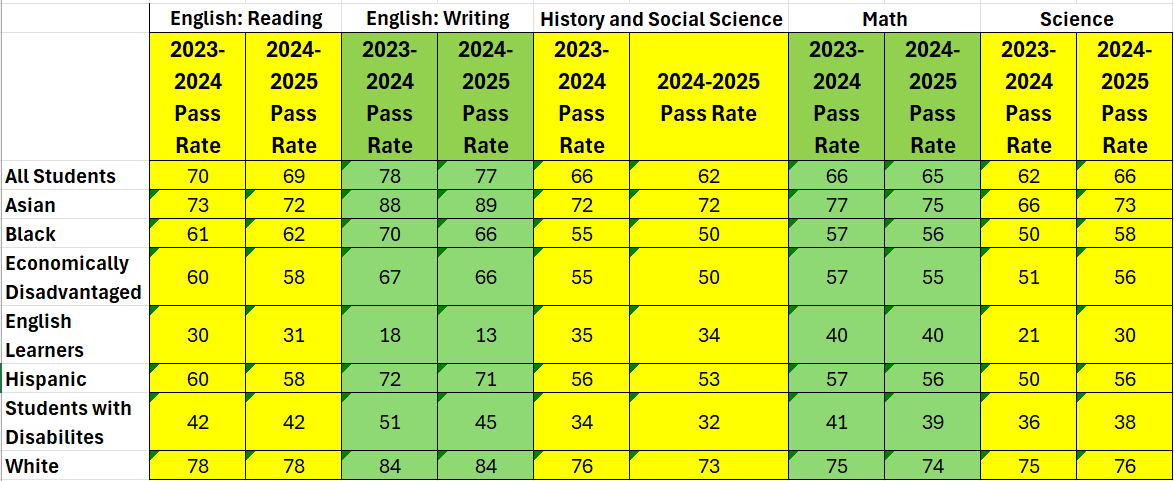
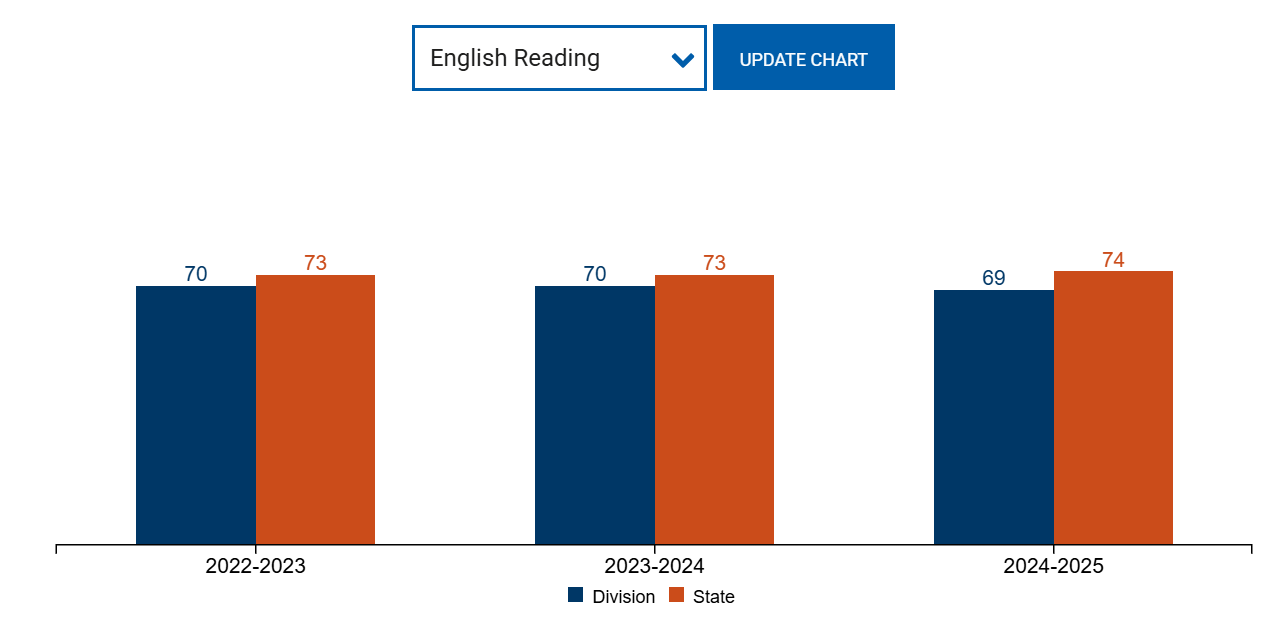
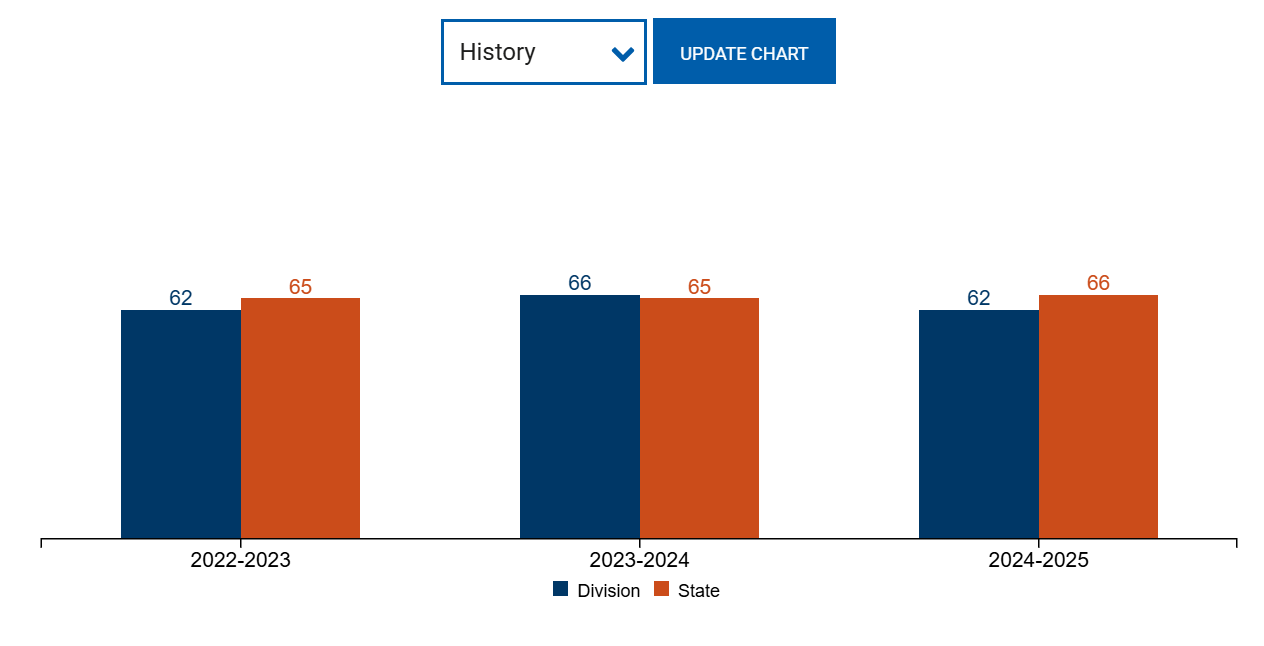
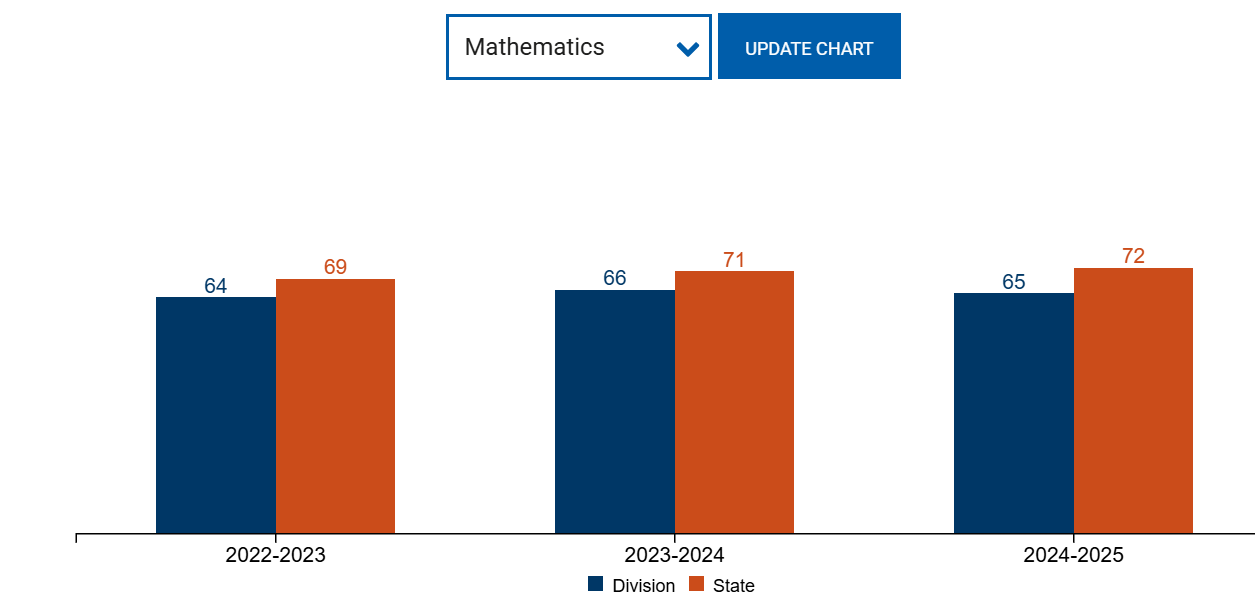

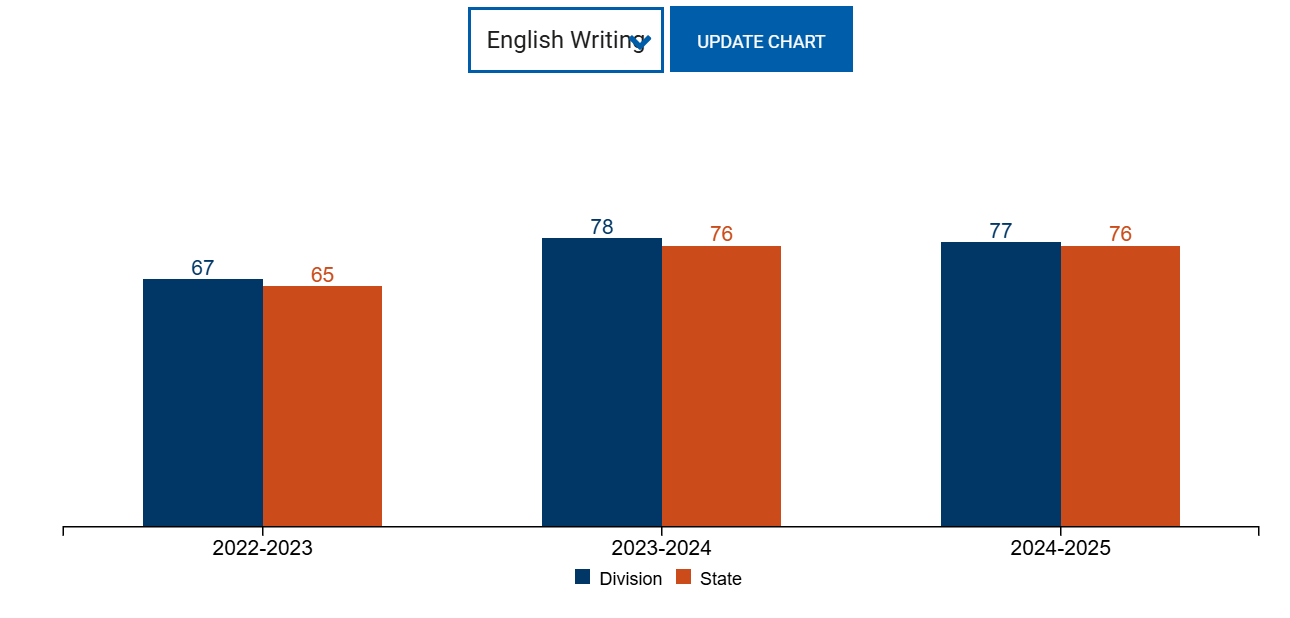












Thank you 'FXBG Advance' for publishing the 'Spotsylvania County PS SOL Results'. I agree: 'Top-line results show Spotsylvania students holding ground'.
As a full-time 40-yr+ public school Speech Language Pathologist in Virginia's public schools (retiree, 2022), I looked for the 'FXBG Advance' reference to the subgroup population: 'Students with disability/SWD' participating in SOL tests.
This SWD subgroup includes students who take the standard SOL tests, either with or without accommodations. That testing subgroup includes a SWD who has a mild disability, such as Speech Language Impairment, who substitutes a 'th' for /s/ (lisps) to a student with the most significant of cognitive disabilities.
Their performance is included in the SOL results for the school and division.
For students with significant cognitive disabilities:
This SWD subgroup participates in the Virginia Alternate Assessment Program (VAAP), which is an alternative to the standard SOL tests.
An alternate form of assessment is required under ESSA, 'Every Student Succeeds Act'. This VAAP assessment is designed for students who are working on the Virginia Essentialized Standards of Learning (VESOL), which are simplified versions of the SOLs. These students are under a different curriculum.
There is a lot of gobbledygook-inconsistency on the Virginia Department of Education website if these VAAP student scores are still included in the overall state performance or proficiency percentage in Virginia SOLs, though they are reported separately from the general SOL results and use different criteria based on the Virginia Essentialized Standards of Learning (VESOL).
VAAP scores are indexed and combined with SOL scores to form an overall measure of proficiency for students.
Years ago, Virginia special education teachers were required to submit VAAP 'portfolios' on their students with significant cognitive disabilities to VDOE. Teachers/therapists snidely referred to these 3-inch binders, filled to capacity with 3-hole punch plastic sheet protectors of VAAP 'Evidence of performance standards/worksheets and photos' as 'Creative Scrapbooking'.
Now these students with the most significant of cognitive disabilities are subjected to an adapted 'multiple choice' test.
https://www.youtube.com/watch?v=v1mrX6TWEJA
Under the VAAP Portfolio state assessment, certain special education teachers were more skilled and 'creative' than others on their VAAP 'portfolio' collections. Their student VAAP binders consistently received a 'Pass' from VDOE which was counted in with typical peers' SOL scores for school districts across Virginia.
If a particular school building needed a few more student 'Pass' scores to be accredited, this teacher's entire self-contained classroom of students with 'Intellectual Disabilities' was uprooted out of one building that got its 'SOL Pass' to enter another school building that needed just a few more SWDs on VAAP to get that school to their 'Pass'.
Often, this Central Office decision to move the classroom out of a school building was relayed to parents and the teacher upon the first day of the teacher's return after summer break. Rather than spend time with playing the usual faculty 'teambuilding' games on the first day, she and her para were busy trying to schedule a county truck to pick up the classroom furniture and boxes of supplies to move out.
To show how absurd these SOL and VAAP test scores get, this example stands out. A high school special ed teacher was desperate to get a VAAP 'pass' score from a 17-yr old with significant intellectual and motor disability and deaf/blind.
This savvy student had learned over the years to pretend to sleep to avoid VAAP tasks to teach her. Despite being deaf, her preferred activities were listening to louder Disney music, like 'Beauty & the Beast' to 'Kool and The Gang's 'Celebration'. Sometimes when she was 'sleeping' in her wheelchair, the teacher checked to see if she was still breathing.
Her VAAP test item as a 17-yr old high schooler (first grade SOL 1.NS.2e-f) to prove she had learned her math for the year was 'choose which number is larger'. Non-functional for this student.
Determining more of this young woman's preferences and dislikes would certainly have been more meaningful in developing her self-determination as well as supporting future service providers if her family and she (through recognition of her communicative behavior to reject or approve) ever decided a future placement in an area group home in which she could be more satisfied and happy in her adult years.
The teacher set up the preschool Playskool balance scale toy with the 4-inch plastic weighted numbers in a paltry attempt to address the student's blindness through a tactile approach. She shaped the student's hand over the number that was larger, with verbal and sign language cue 'more'. This student resisted. She wanted to sleep. but the VAAP 'portfolio' was due that week.
The teacher took a photo of this student with her hand on the larger of the two numbers presented. It didn't show that the teacher was providing a physical prompt at the student's elbow to keep her hand in place on top of the number.
She then removed the student's shirt, which was baffling. So I asked, 'did she spill something? Why are you changing her shirt?'
The teacher replied, 'I need another photo to show that it is a different day for her VAAP evidence'.
I told her that it seemed like a test violation. She said, ok, I won't do it then.
I was obligated to report it to the administration, who was the Assistant Principal that day. He said, Thank you for telling me. but how do you expect her to do her job to get that VAAP in this week with the mental level of students she has?
I then had to go to the testing admin at Central Office. She agreed that it had to be reported as a test violation.
Just shows to be wary of these SOL scores to prove that students are learning. Teachers used to view them as a 'trivial pursuit' game until the public gave credibility to them as an accountability measure.
The pre-SOL era of Virginia public education is gone. The time in which students, across all grade levels, grasp the underlying principles and relationships within a subject, allowing them to apply knowledge in new situations and solve problems creatively, rather than just memorizing isolated facts or procedures.
However, this level of critical thinking that we used to have in public education may be happening in the 'Dual-Enrollment' high school/college classrooms.
For now a well-rounded Virginia public education with conceptual understanding has turned into a misguided mandate to 'teach to the test' in order to raise these flawed SOL scores.
We can do better in US public education for our students and society.